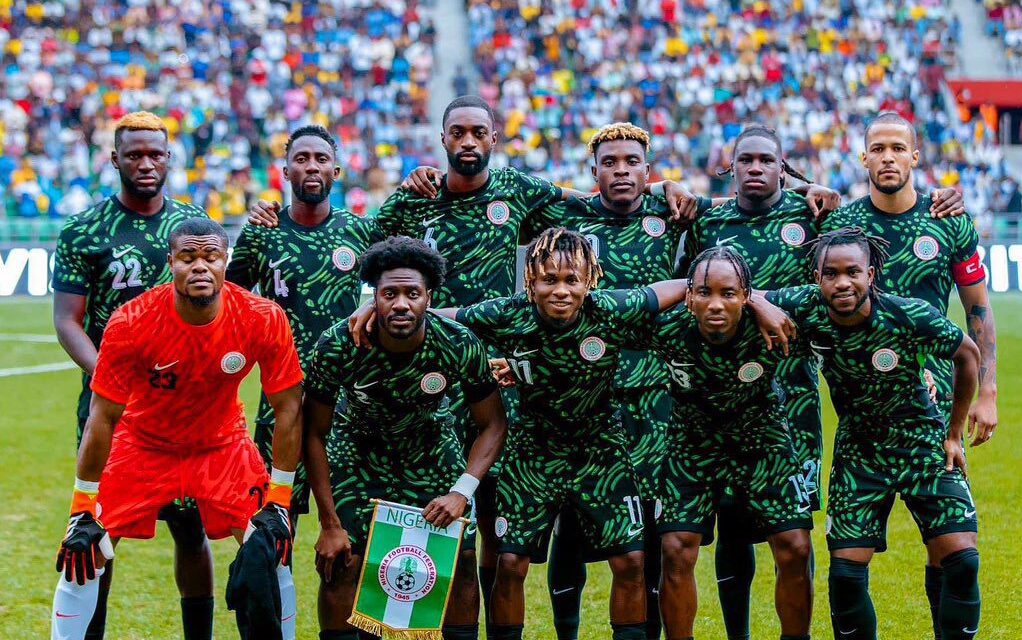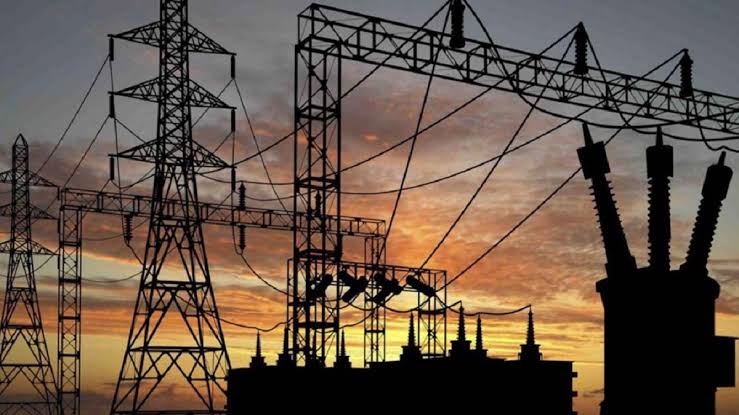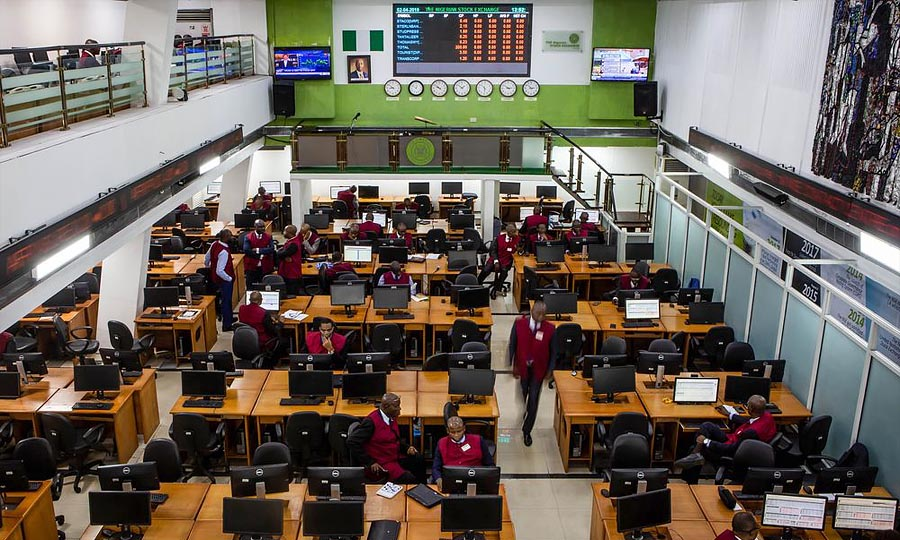Emmanuel Addeh in Abuja
Nigeria’s electricity supply in September 2025 remained heavily concentrated among a handful of generation stations, with just 10 of the 26 grid-connected power plants accounting for 81 per cent of total energy produced during the month.
This is according to the latest Operational Performance of Power Plants factsheet released by the Nigerian Electricity Regulatory Commission (NERC).
The report paints a picture of a power sector still struggling with uneven performance, with only a few plants driving the bulk of generation while several others contributed little or nothing.
Out of a total installed capacity of 13,625 megawatts (MW), only 5,200MW was available on average, representing just 38 per cent plant availability. Despite this low figure, the national load factor stood at 78 per cent, showing that plants in operation were generally running close to their generation potential.
Leading the pack was Zungeru Hydro, which operated at full capacity, posting a 100 per cent plant availability factor but only managing a 51 per cent load factor, generating 355 megawatt-hours per hour (MWh/h). Egbin, the country’s largest thermal station, followed with a strong 90 per cent load factor and an average hourly generation of 546MWh/h, despite a plant availability rate of only 46 per cent.
Other top performers included Kainji (91 per cent load factor), Jebba (73 per cent), Delta (83 per cent), Shiroro (68 per cent), Ihovbor (86 per cent), Okpai (87 per cent), Geregu (86 per cent), and Afam II (99 per cent). Together, these 10 plants, a mix of hydro and gas-fired stations, formed the backbone of national electricity generation in September.
Among the lower-tier plants, the performance was more uneven, as Olorunsogo II, with an installed capacity of 750MW, achieved only 26MW average availability, translating to a dismal 3 per cent availability factor and 37 per cent load factor. Similarly, Sapele Steam (720MW) operated at just 3 per cent capacity, though its 100 per cent load factor suggested that the little power it produced was consistently dispatched.
By contrast, Odukpani, with 625MW installed capacity, stood out among the smaller contributors, achieving 29 per cent availability and a remarkable 97 per cent load factor, generating 177MWh/h. Afam I also delivered 72 per cent load factor on limited available capacity.
Some plants contributed nothing to the grid. Alaoji I, with 500MW installed capacity, recorded zero generation and availability. Rivers I, Omoku I, and Ikeja I also posted minimal or zero outputs.
The data underscored the fragility and imbalance in Nigeria’s generation mix. While a few well-maintained stations such as Egbin, Kainji, and Delta 1, continue to sustain national supply, several others remain idle due to gas shortages, mechanical faults, or transmission constraints.
In total, the grid generated an average of 4,091MWh/h in September. However, with less than 40 per cent of total capacity actually available, the system continued to underperform relative to its potential.



